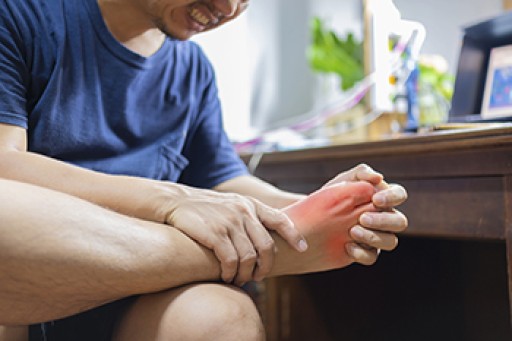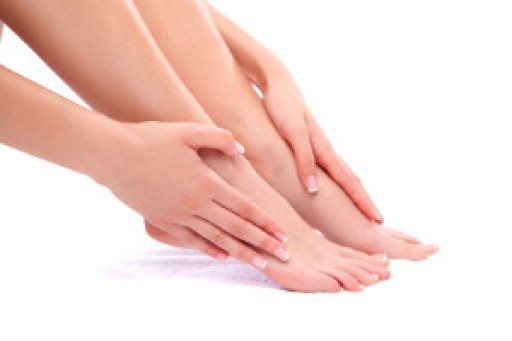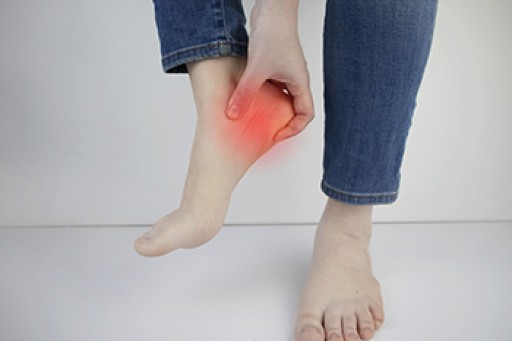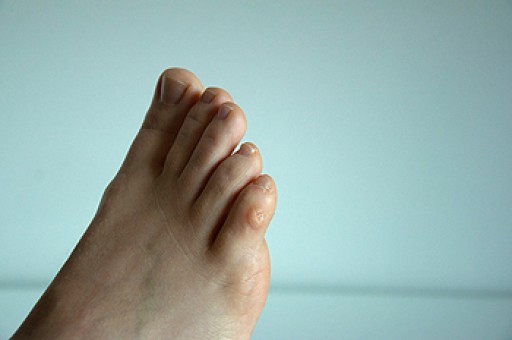Uric acid is produced as a by-product when the body breaks down purines contained in some of the foods we eat. When uric acid cannot be properly flushed, it can accumulate and crystalize on the joints: most commonly, the big toe joint. If this condition called gout goes untreated, nodules (tophi) can form which can be very painful and debilitating. In these cases where the disease has progressed or infection has set in (and more conservative treatments have not worked), surgery may be necessary. There are different surgical approaches to remove gouty deposits and tophic masses while preserving surrounding tissue. In extreme cases when the joint is severely damaged or unstable, joint replacement or fusion may be necessary to reduce pain. If you have episodes of sharp pain in the joint of the big toe, it is a good idea to make an appointment with a podiatrist to have your condition properly diagnosed and to explore your treatment options.
Gout is a foot condition that requires certain treatment and care. If you are seeking treatment, contact one of our podiatrists from Canonsburg Podiatry Associates. Our doctors will treat your foot and ankle needs.
What Is Gout?
Gout is a type of arthritis caused by a buildup of uric acid in the bloodstream. It often develops in the foot, especially the big toe area, although it can manifest in other parts of the body as well. Gout can make walking and standing very painful and is especially common in diabetics and the obese.
People typically get gout because of a poor diet. Genetic predisposition is also a factor. The children of parents who have had gout frequently have a chance of developing it themselves.
Gout can easily be identified by redness and inflammation of the big toe and the surrounding areas of the foot. Other symptoms include extreme fatigue, joint pain, and running high fevers. Sometimes corticosteroid drugs can be prescribed to treat gout, but the best way to combat this disease is to get more exercise and eat a better diet.
If you have any questions please feel free to contact our office located in Canonsburg and McMurray, PA . We offer the newest diagnostic and treatment technologies for all your foot and ankle needs.












